Sigma 20mm F1.4 DN ART Review
Dustin Abbott
August 8th, 2022
It was April 2016 when I reviewed Sigma’s first 20mm F1.4 ART lens, a lens designed for full frame DSLRs. I came away very impressed with the optical performance of the lens and felt like the greatest negatives were a curved front element that precluded the use of filters, a lack of weather sealing in a lens that would be used outdoors heavily, and on the optical front, a bit more coma than what I would have liked in a lens that was otherwise so obviously well suited for astrophotography. Fast forward to 2022, and Sigma has its new mirrorless design of the lens – the Sigma 20mm F1.4 DG DN ART (referred to hereafter as the 20DN ART for brevity) – and it seems to have solved all of those problems with ease.
DN is the designation Sigma uses for its purpose designed mirrorless lenses, so, while there is an existing 20mm F1.4 ART lens for Sony E and Leica L, that lens is a “ported” DSLR lens (essentially with a built in adapter to allow autofocus to work properly and to move the optical path forward for proper focus on a camera without a mirror. That lens is a bit compromised as a byproduct, as it is A) bigger and heavier than it needs to be (about 18mm longer and 150g heavier than the DSLR version) and B) has an adapted autofocus system which works fairly well but not quite as well as a lens natively designed for mirrorless autofocus. The new 20DN ART is 30+mm shorter and weighs over 400g less. The new DN lens is not what you would call a small lens, but it is considerably smaller and lighter than the previous edition. That’s impressive when you consider that this is the first 20mm F1.4 lens for full frame mirrorless and that it joins the previous Sigma lens as the only 20mm F1.4 full frame lens, period. In short, Sigma has improved on something that other lens makers haven’t even attempted yet!
Sigma has taken a bifurcated approach to lens design on mirrorless, with smaller size, smaller aperture options in their “i-Series” (which they put under their “Contemporary” brand umbrella) and then more robust, larger aperture, professional grade lenses under their “ART” brand. There is already a 20mm F2 DN lens in their i-Series (which I reviewed here), but this new ART series lens is clearly pitched at competing with the top-shelf Sony G Master and similar lenses.
I’m excited about this new 20DN ART lens because it retains so much of what was good about the first lens while improving on basically all of its flaws. The byproduct is a lens that delivers incredible image quality even at F1.4, focuses accurately, has a very nice build quality (including weather sealing), can use traditional filters up front (in a large but common 82mm size), has a rear filter holder also, and a host of other features that we will detail in a moment. All of this at a price point that is hundreds less than any competing first party lens (only $899 USD!), and you’ve got yourself a potential winner.
So does the Sigma 20mm F1.4 DN ART hold up under intense scrutiny? You can judge for yourself by either watching my video review below or reading on to get the full picture.
Follow Me @ YouTube | Patreon | Instagram | Facebook | DA Merchandise | Flickr | 500px
Thanks to Gentec (Sigma’s Canadian Distributor) for sending me a pre-release review loaner of this lens. As always, this is a completely independent review. *The tests and most of the photos that I share as a part of my review cycle have been done with the Sony a7IV along with the Sony Alpha 1 which will serve as my benchmark camera for the foreseeable future (my review here).
Sigma 20DN ART Build and Handling
As noted in the intro, the Sigma 20DN ART is not a small lens, but it is certainly a smaller lens than its predecessor. It does have a wider front element (and thus filter thread at the front of the lens), but Sigma notes that the lens barrel and size is otherwise roughly the same as the 35mm F1.4 DN ART. The physical dimensions are right under 88mm in diameter (3.5”) and 113.2mm in length (4.5”). Weight clocks in at 630g (22.2oz), which is a pretty huge weight savings when you consider that the mirrorless versions of the previous lens clocked in at over 1 kilogram. The 20mm F1.4 DN looks hefty but nowhere near overwhelming on the camera.
The new 24mm F1.4 DN announced at the same time is a little bit sleeker (15mm shorter, 12mm narrower, and 115g lighter), but, to be fair, 20mm is much more difficult to engineer for than 24mm. There’s a reason why no one else is offering a 20mm F1.4 at the time of this review!
I’ve watched Sigma ramp up the features on their premium lenses for mirrorless, and these two new releases are the most feature rich yet. That starts with a robust approach to aperture control. You have a manual aperture ring that can be controlled with “clicks” (with detents at every 1/3rd stop), you can switch it into A (automatic) mode and control aperture from within the camera, or you can flick a switch and have a declicked aperture for video use. And, in a unique Sigma feature, you can employ an aperture lock that serves to keep you either from the manual aperture section (if you don’t like using an aperture ring) or from inadvertently switching into automatic mode if you prefer using the aperture ring.
That’s a lot of control over how to approach aperture, and its worth noting that all of Sigma’s switches have a nice two-tone look where you can see white if engage in one direction or black if engaged in the opposite direction. The aperture iris itself has a high blade count of 11, which makes for a nicely rounded aperture even stopped down.
There is an AF/MF switch along with a focus hold button (which can be programmed to various functions from within the camera). Both of these are very welcome as they add functionality to the control of the lens.
There is also a new feature here that is really designed with astrophotographers in mind, and that is a lock button for the manual focus ring. This allows you to preset a focus position (like for the stars) and lock it into place. That would allow you to transport the lens on site (in the dark) and know that focus is already in the proper position.
All of this adds up to a lens that is as feature rich as any G Master lens (even more so, in fact).
There is a familiar design ethos that utilizes a variety of textures at different points for both functional and aesthetic purposes, which includes the lens hood. I always like the rubberized section on the lens hood along with the narrow-ribbed ring that allows the lens hood to be gripped easily and gives a pleasing tactile feel in the process. The lens hood feels robust and sturdy, and has a lock to keep it from being inadvertently moved. It does flare out more widely than the lens itself, however, so it will take up a little extra room in the bag.
There is a nice nylon padded case also included with the lens.
Sigma now employs weather sealing in their better lenses, with a gasket at the rear mount but then also seal points internally as well. That helps inspire confidence in being able to use the lens in more situations.
The 20DN ART also has a new lip built into the front of the lens that is designed to help hold a lens heater in place for those that shoot in cold, moist conditions and want to prevent condensation from forming on the front element. I’ve not personally encountered this issue (or ever used a lens heater), but if you happen to be in the target audience for this feature, I’m sure you’ll be glad for it.
As noted in the intro, we’ve now got two different options for filtering the lens. Front filters can be screwed on in a large but standard 82mm size, and you can use rear filters as well. I’ve reviewed some rear filter options on the Sigma 14-24mm F2.8 ART (a great lens), so I know this can be valid option, though many people will probably prefer the traditional screw on filter option since it is available.
Minimum focus distance is a very close 23cm (9.1”), which puts you very close to your subject. If you keep the lens hood on, the distance from the sensor to the front of the lens hood is 17cm, leaving only a tiny 6cm of working range and an almost certain shading of your subject by the hood. Removing the hood gives you closer to 10cm of working distance and less chance of shading your subject. Anytime you get that close to a subject with a wide angle lens you are going to get some perspective distortion that robs away a flat plane of focus, and that’s true here. The magnification figure is pretty good (0.16x, or 1:6.1), but you’ll definitely get some exaggeration of whatever is closest to the camera:
As we will see in a moment, distortion is actually quite low for the lens, but I rarely see a wide angle lens that doesn’t produce this kind of effect up very close. That won’t stop you from getting some very interesting images up close, however:
It also means that during video capture you won’t have to worry about exceeding the focus limitation and getting too close to your subject. By the time you’ve hit the minimum focus limit with the 20mm DN ART, you’ll pretty much also be hitting your subject with the front of the lens!
All in all, the build quality and feature list of both of these new Sigma wide angle primes is pretty much top notch. They are well built, feature rich, and generally a joy to use in the field. Sigma is clearly making a concerted effort with many of these new DN lenses to reduce the size and weight relative to their DSLR ART series lenses, and the fact that they are managing to do while improving the performance is worthy of celebration.
Autofocus Performance
Sigma has settled on a formula for autofocus on their DN lenses that seems to work. There is a stepping focus motor (STM), though not all STM motors are created equally. The Sigma version employed here is one of the best, however, with silent, extremely fast autofocus that delivers good accuracy. You can see that the focus on these wild “Black-eyed Susans” is nailed.
Focus is basically instantaneous in practical, real world use, and I felt a great deal of confidence while out hiking or shooting in that I would be able to quickly get the focus result I wanted on either my Sony a7IV or Alpha 1. And yes, both of these cameras have similarly excellent focus systems, but I feel confident that people will be very happy with autofocus on most of the Sony E-mount or Leica L-mount cameras on the market today.
Image capture was pretty much effortless whether I was shooting closer, large aperture images like this:
…or shooting landscape images near infinity.
Autofocus just worked, period.
Both of these new lenses (20mm and 24mm) will certainly be prized by wedding and portrait photographers and videographers who want to capture environmental portraits. I would view either of these as nice compliments to a longer focal length like the 85mm F1.4 DN (a great portrait lens!) or (hopefully!) an upcoming 50mm F1.4 (or F1.2) DN lens from Sigma.
Video focus pulls are snappy and confident with no sound, drama, or pulsing. I noticed a bit of focus breathing but nothing I would consider deal breaking. While capturing video the two new lenses will also be compatible with AF assist on Sony FE – though that’s on compatible cameras that have this function (my a7IV does, fortunately). It’s an interesting feature that allows you to manually focus during video capture on a certain object or subject, but the lens will continue to autofocus on that object even after you stop doing the manual adjustment. This is a unique way to set focus on something and then allow autofocus to do the heavy lifting after that.
All in all, autofocus is good enough that you will instantly forget about it and instead be able to focus on the images you are creating.
Sigma 20DN ART Image Quality
The original Sigma 20mm F1.4 was already a serious performer even at F1.4, but the new DN version is better still with a more consistent optical curve across the frame. If we compare the two lenses’ MTF charts at F1.4 we find while the center of the frame is similar between the two, the midframe is about 20 points higher while the corners are nearly 50 points higher!
That is remarkable to me when I consider how much smaller the new DN lens is and that they’ve designed it without a big curved front element. It really goes to show how much progress has been made in lens design over the past six years. So let’s see if the lens lives up to those lofty MTF charts.
Longitudinal chromatic aberrations (LoCA) typically show up as purple/magenta fringing before the plane of focus and blue/green fringing beyond the plane of focus due to colors not being perfectly focused together. They typically diminish as the lens is stopped down to smaller apertures. A wide angle lens like this has less opportunity for the kind of shallow depth of field images where LoCA is most likely to show up, but the F1.4 aperture and close focus distance does make shallow DOF images possible. I saw some very mild fringing beyond the plane of focus in some high transition areas (and in some high contrast bokeh circles), but nothing significant.
Lateral chromatic aberrations (LaCA) show up as fringing on either side of contrast areas (like tree trunks, for example) along the edges of the frame. Unlike LoCA, they do not improve when stopping the aperture down, but are much easier to correct for (typically a one click “remove chromatic aberrations” box in editing software). I did see a bit of fringing in the high contrast areas of the bare branches against the bright sky in this image, but once again I had to go looking for the CA as it didn’t really show up as something I observed in normal shooting and editing.
I will note that while there is some mild fringing, as we’ve seen, it doesn’t seem to be negatively impacting contrast, which remains at a high level in images even when shooting at F1.4.
Next we will take a look at distortion and vignette.
You can see that there is a very mild amount of barrel distortion (+4 to correct). That’s a very low figure for such a wide angle lens. Vignette isn’t as mild, requiring a +72 to correct for it (around three stops), but I’ve definitely seen worse. And, to be fair, this is the only F1.4 full frame lens with a focal length this wide, so a bit of vignette is understandable. The uniqueness of this lens makes me feel a little more charitable towards the vignette.
That vignette will give wide aperture images a certain “look” which will work on some images (like the one below), but you’ll definitely want to correct for the vignette on other images (like those with snow in the corners, for example).
Sigma lenses receive generous in-camera support, so JPEGs and video will be corrected in camera, and only RAW images (like those I’ve shown) will require using a correction profile in post.
So how about sharpness? We’ll do our formal test on the full frame (35mm) image circle that the lens is designed for, using the 50MP Sony Alpha 1 for this series of tests. Here’s a look at the test chart:
And here are the F1.4 crops at nearly 200% magnification, taken from the center, then mid-frame, and then extreme lower right corner:
Those results are just incredible for a wide angle lens at F1.4. The 20DN ART just crushes it in the resolution and contrast departments, with amazing detail all across the frame.
Take a look at this wide open image:
I selected a crop from a point near the top of frame, and yet the detail and contrast is just exquisite.
At F1.8 there is a little more contrast available, with a slight bit more at F2, F2.8, and then F4. It’s incremental because everything was already so good. In fact if we compare F1.4 to F4 (where everything seems to peak) in the center, we find that there is a minor improvement:
…but there’s a more obvious improvement in the corner:
Bottom line is that the Sigma 20mm F1.4 DN ART is going to give you as sharp of images as you are likely to find at this focal length, and do it from very large apertures on. There is rich detail all across the frame even on a high resolution body like my Alpha 1:
The ability to use traditional screw-on filters means that I also had an easy time getting long exposure shots like this:
…or even using a Graduated ND filter to give me a rich sky to match the foreground:
The 11 blades of the aperture iris also provide an interesting sunburst to images when the aperture is stopped down. It’s slightly busy, but the blades are pretty well defined and I like the look in general.
I also give the Sigma 20DN ART high marks for flare resistance. This golf shot was the strongest example of flaring that I saw during my review, and the ghosting pattern is very faint:
Another shot with a slightly different composition shows next to no flare artifacts.
In all cases contrast was retained and the final image looks great.
Bokeh quality is really not bad for a wide angle lens. You can definitely get some subject isolation if you are close, and I feel like there is a pretty good 3-D quality to images.
This shot of a mushroom on the forest floor shows that the geometry does go a bit “lemon-shaped” in the corners at F1.4, but the general quality of the blur is fairly good.
Sigma is keying in on the astrophotography potential of this lens, and with (mostly) good reason. Coma is pretty well controlled, with only a slight bit of “winged” stars towards the edges of the frame. Stopping down to F1.8 slightly reduces this effect:
My caveat is that I did this review in mid to late July, which here in the North is not a great time for astro work. It doesn’t get particularly dark and so I can’t produce my best results aesthetically. I was also competing with a lot of clouds at night over my review period, and with enough ambient light even well after 10 PM (when I shot these images), the clouds tended to dominate the stars.
If I crop out some of those clouds and deliver a little more conventional image you can see that star points are nice and crisp even at F1.4.
The big plusses here is that huge maximum aperture at this wide of a focal length, the consistent sharpness across the frame, good control of coma, and low chromatic aberrations that keep star points neutral in color. The biggest negative is that the heavier vignette will need correction, which could introduce some additional noise at higher ISO values.
In general, however, I think this is a great wide angle lens. Images have a lot of pop, good color, great detail, and few optical flaws.
All in all, I think Sigma has nailed this lens in the optical department. If you would like to see more images, check out my image gallery herecheck out my image gallery here.
Conclusion
In conclusion, I’m pretty delighted with what Sigma has managed to accomplish with the new 20mm F1.4 DG DN ART. It truly realizes the dream with mirrorless – more compact, more functional lenses that deliver equal or better optical performance to their DSLR counterparts. The Sigma 20DN ART takes it a step further, though, giving us more features (including the ability to use traditional filters), better autofocus, weather sealing, a significantly smaller lens, better optical performance…all while keeping the price roughly the same.
Those owning a Sony E-mount or Leica L-mount full frame camera and who are looking for a superior wide angle prime should look no further. This lens delivers the goods on every level and has very few flaws for me to point out.
The fact that Sigma has still delivered the only F1.4 lens at a full frame 20mm focal length is pretty impressive, and they’ve definitely raised the stakes for any competitors with the new DN version which is improved in every way. And at a very reasonable price point of $899 USD, I think this is one of Sigma’s best lenses in recent years.
Pros:
- Very feature rich lens
- Very flexible approach to controlling aperture
- Ability use standard screw-in filters
- Also has rear filter holder
- Some good astrophotography features
- Very low distortion for such a wide angle lens
- Outstanding optical performance even at F1.4
- Excellent flare resistance
- Good coma performance
- Low distortion
- Excellent price to performance ratio
Cons:
- Heavy vignette
Purchase the Sigma 20mm F1.4 DN ART @ B&H Photo | Amazon | Camera Canada | Amazon Canada | Amazon UK | Amazon Germany
Purchase the Sigma 24mm F1.4 DN ART @ B&H Photo | Amazon | Camera Canada | Amazon Canada | Amazon UK | Amazon Germany
Purchase the Sony a7IV @ B&H Photo | Amazon | Camera Canada | Amazon Canada | Amazon UK | Amazon Germany
Purchase the Sony Alpha 1 @ Camera Canada | B&H Photo | Amazon | Amazon Canada | Amazon UK | Amazon Germany | Ebay
Purchase a Sony a9M2 @ B&H Photo | Amazon | Camera Canada | Amazon Canada | Amazon UK | Amazon Germany | Ebay
Want to support this channel? Use these affiliate links to shop at: B&H Photo | Amazon | | Camera Canada | Ebay | Make a donation via Paypal
Buy DA Merchandise https://bit.ly/TWIMerch
Peak Design Leash Strap: Peak Design Store | B&H Photo | Amazon | Amazon Canada | Amazon UK
Adobe Photoshop Creative Cloud 1-Year Subscription
Get a discount off all Skylum Editing Software (Luminar, Aurora HDR, AirMagic) by using code DUSTINHDR at checkout:
Visit Dustin’s Amazon Storefront and see his favorite gear
Purchasing your gear through B&H and these links helps fund this website and keeps the articles coming. You can also make a donation here if you would like. Visit my Amazon page for some of my gear of choice! Thank you for your support.
Purchasing your gear through B&H and these links helps fund this website and keeps the articles coming. You can also make a donation here if you would like. Visit my Amazon page for some of my gear of choice! Thank you for your support.
Receive a 5% discount on all purchases at Amplis Foto, Canada’s Leading Photographic Supplier. Please enter discount code: AMPLIS52018DA in your cart. It is good for everything in your cart, and is stackable with other coupons, too! It will take 5% off your entire order! Proceeds go towards keeping this site going and providing you with new reviews!
Use Code “DUSTINHDR” to get $10 off ($15 CDN) any Skylum product: Luminar, Aurora, or AirMagic
Keywords: Sigma 20mm F1.4, Sigma 20mm F1.4 DN, ART, DN, DG, Sigma 20mm F1.4 DG DN ART, Sigma 20mm F1.4 DN Review, 24mm F1.4, 20mm DN, Full Frame, Review, Sony Alpha 1, Sony a7IV, Review, Hands On, Dustin Abbott, Real World, Comparison, Sharpness, Bokeh, Flare Resistance, Autofocus, Image Quality, Sample Images, Video, Photography, Sony a9, Sony a7IV, Sony Alpha 1, Sony A1, let the light in, #letthelightin, DA
DISCLAIMER: This article and description contains affiliate links, which means that if you click on one of the product links, I’ll receive a small commission. As an Amazon Associate I earn from qualifying purchases.










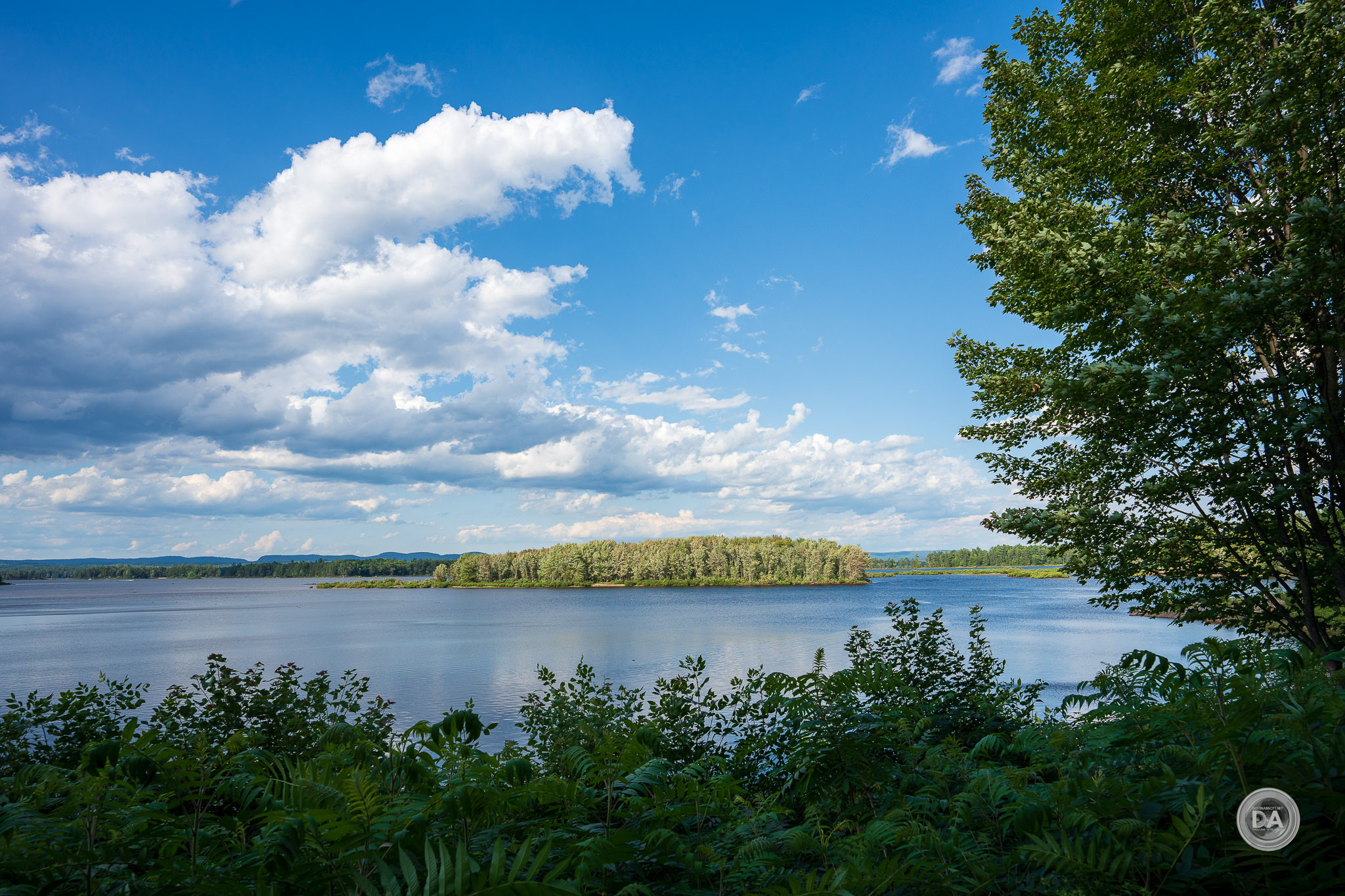
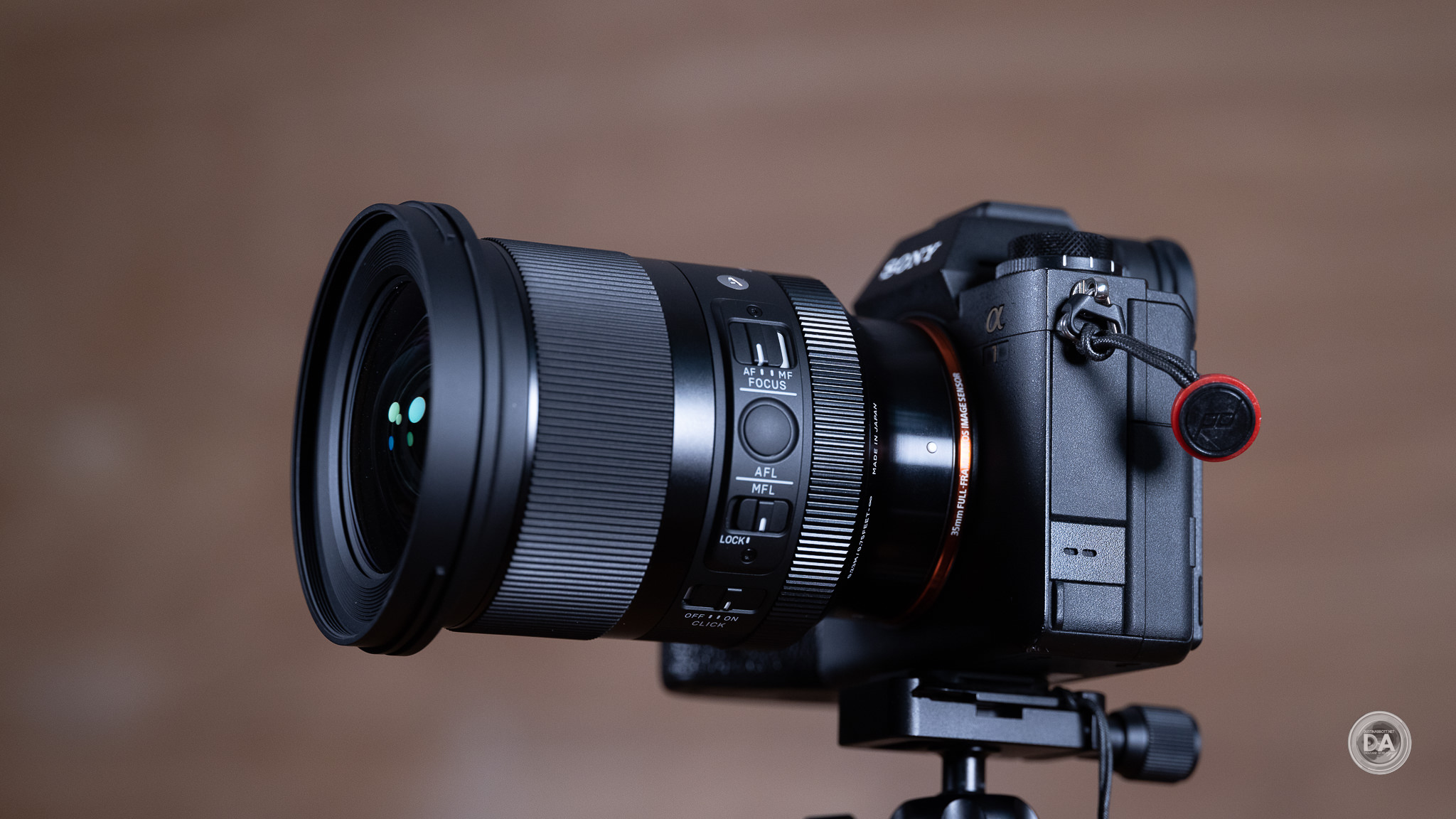
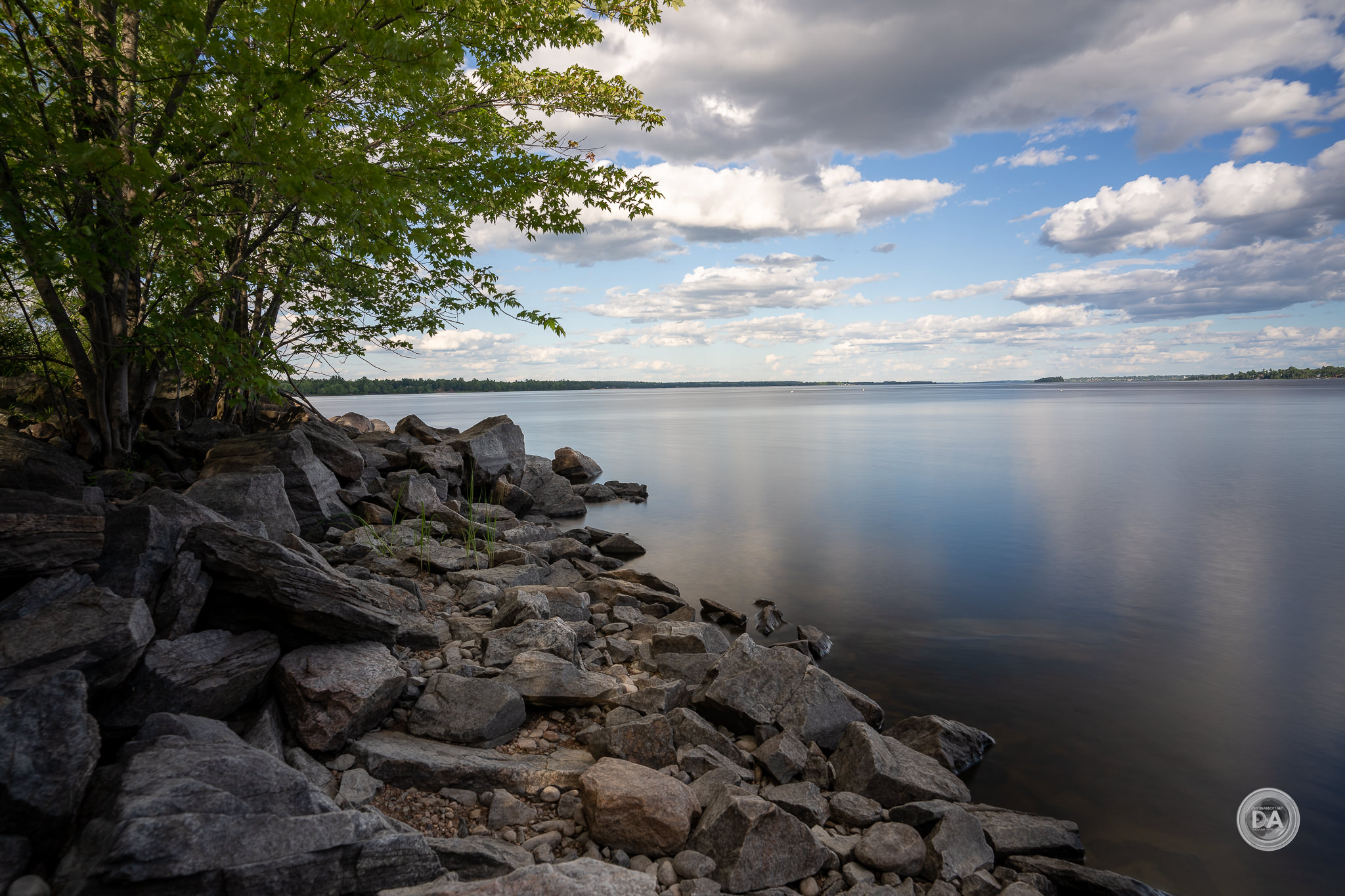

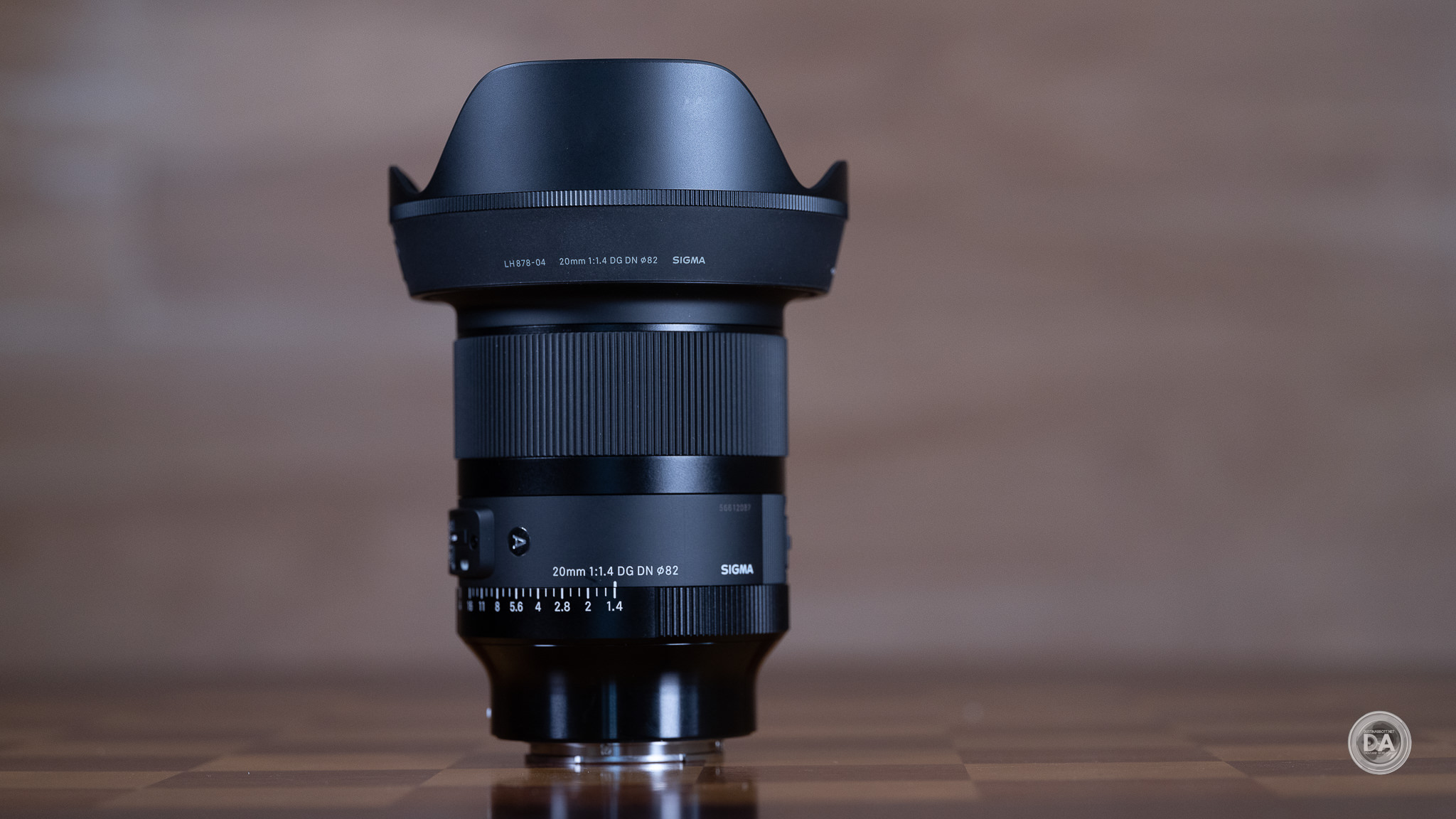
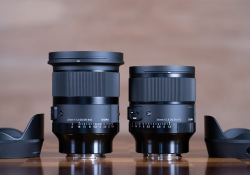

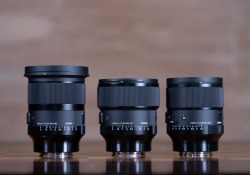

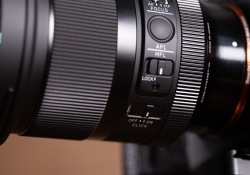
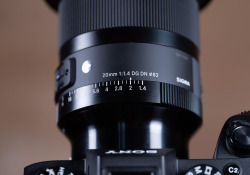
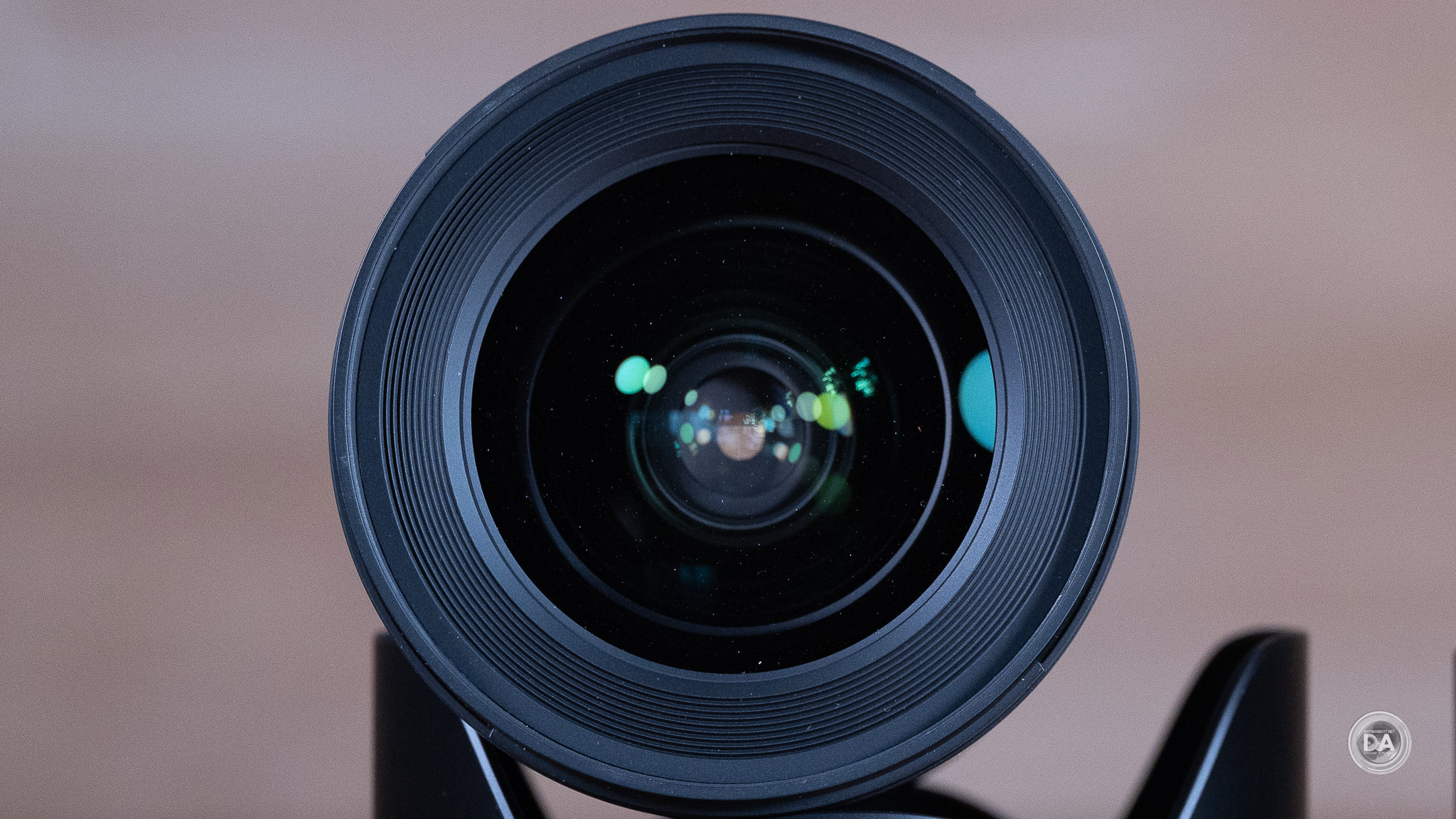
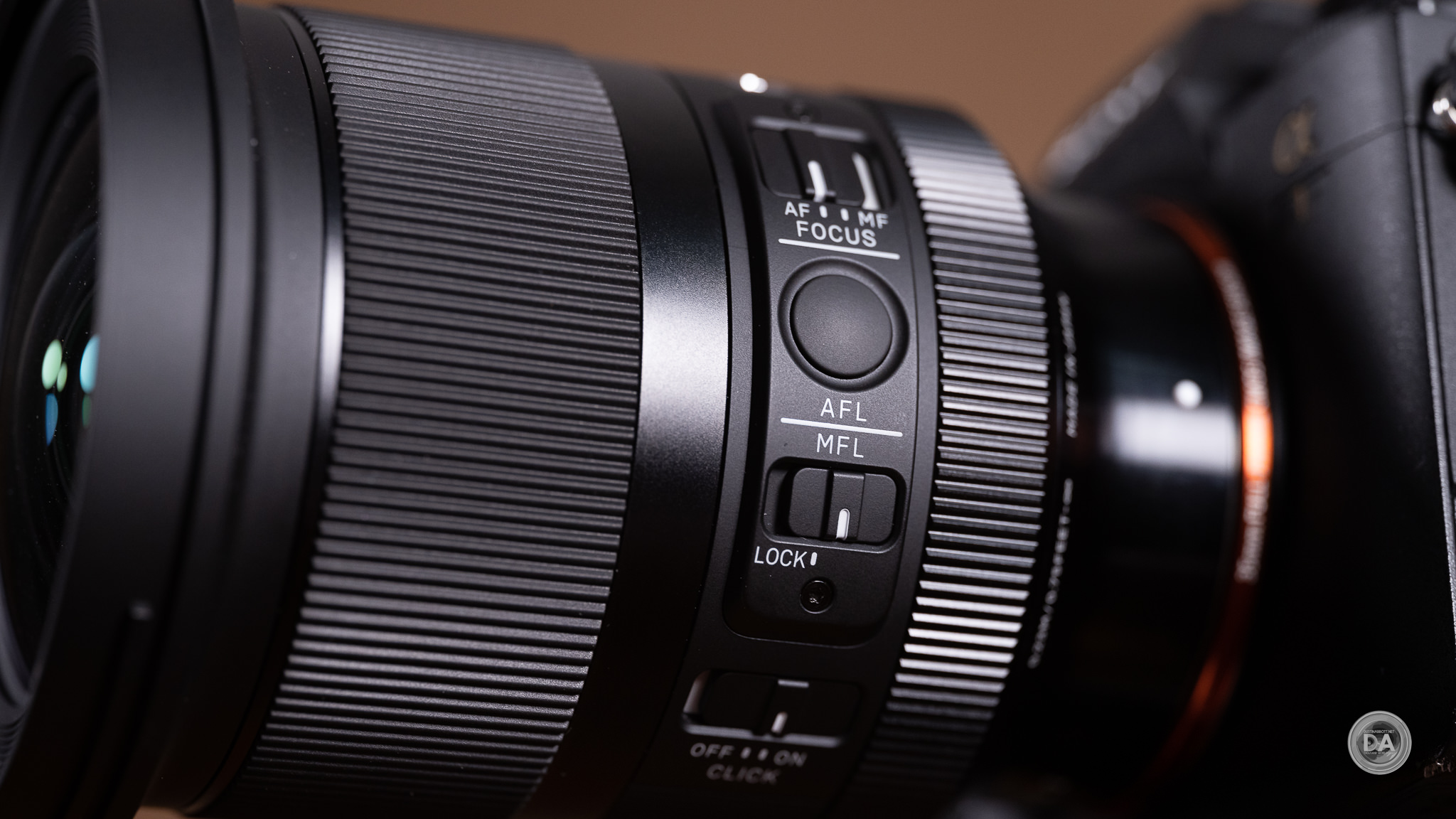
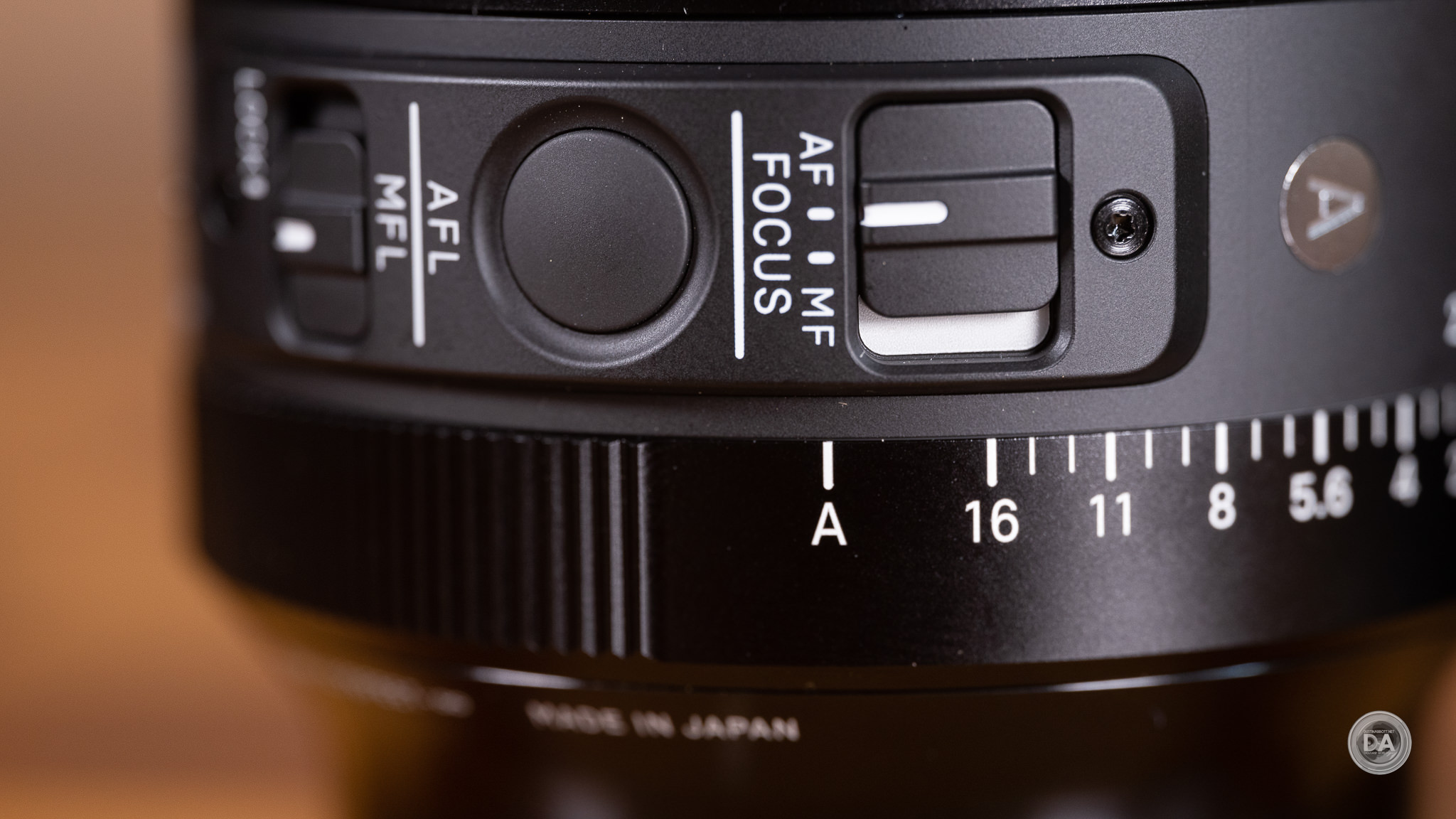

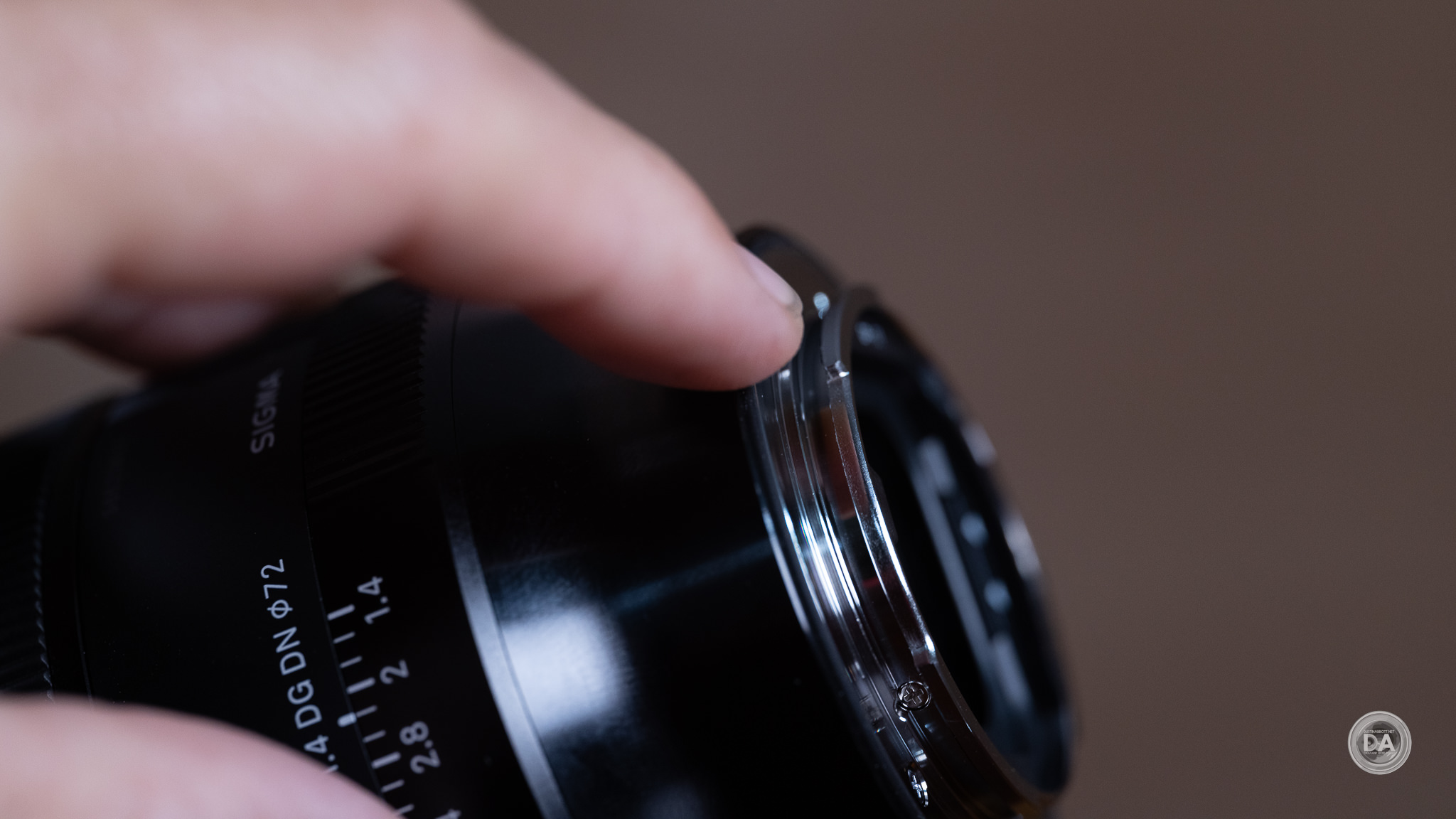
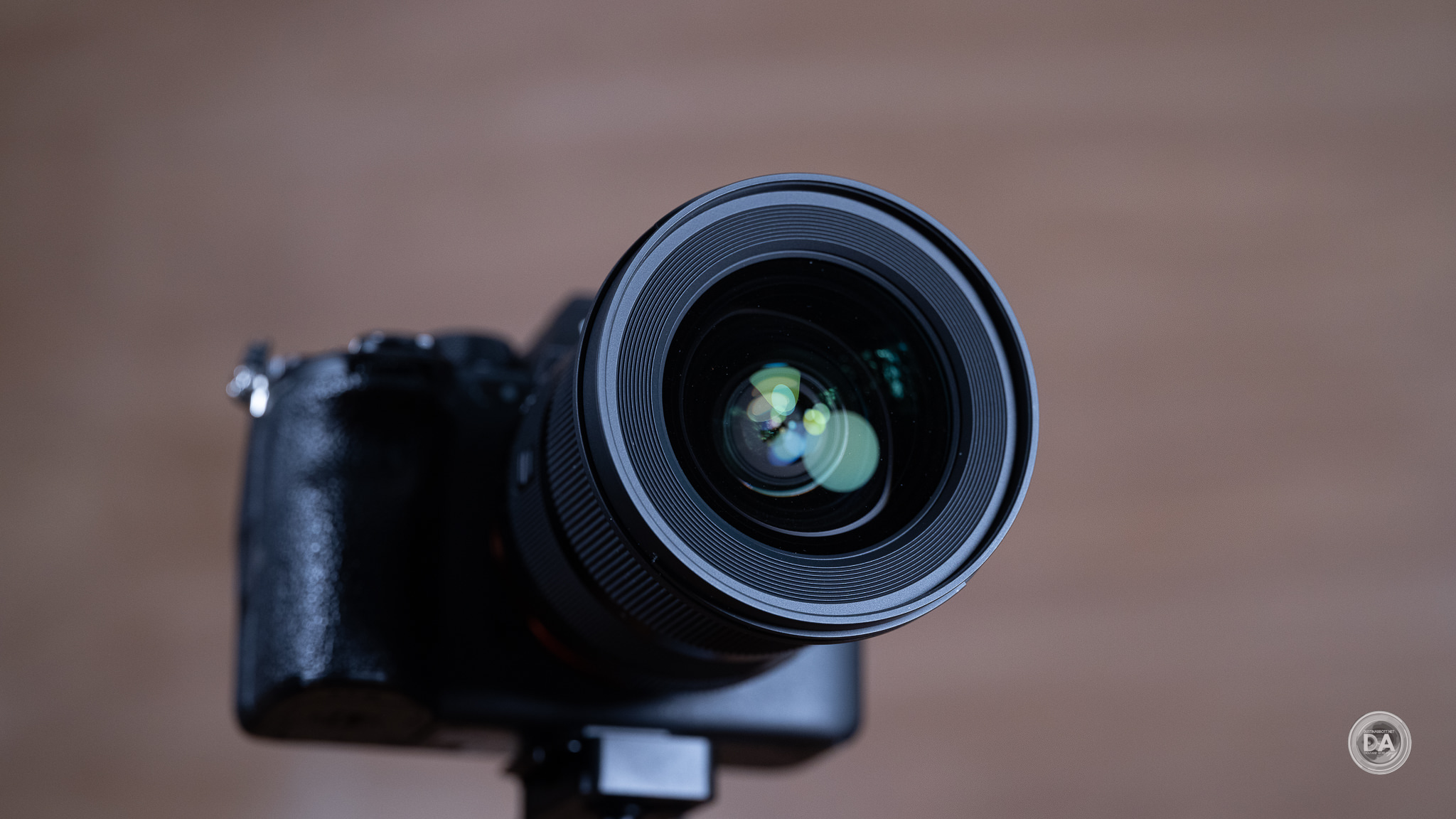
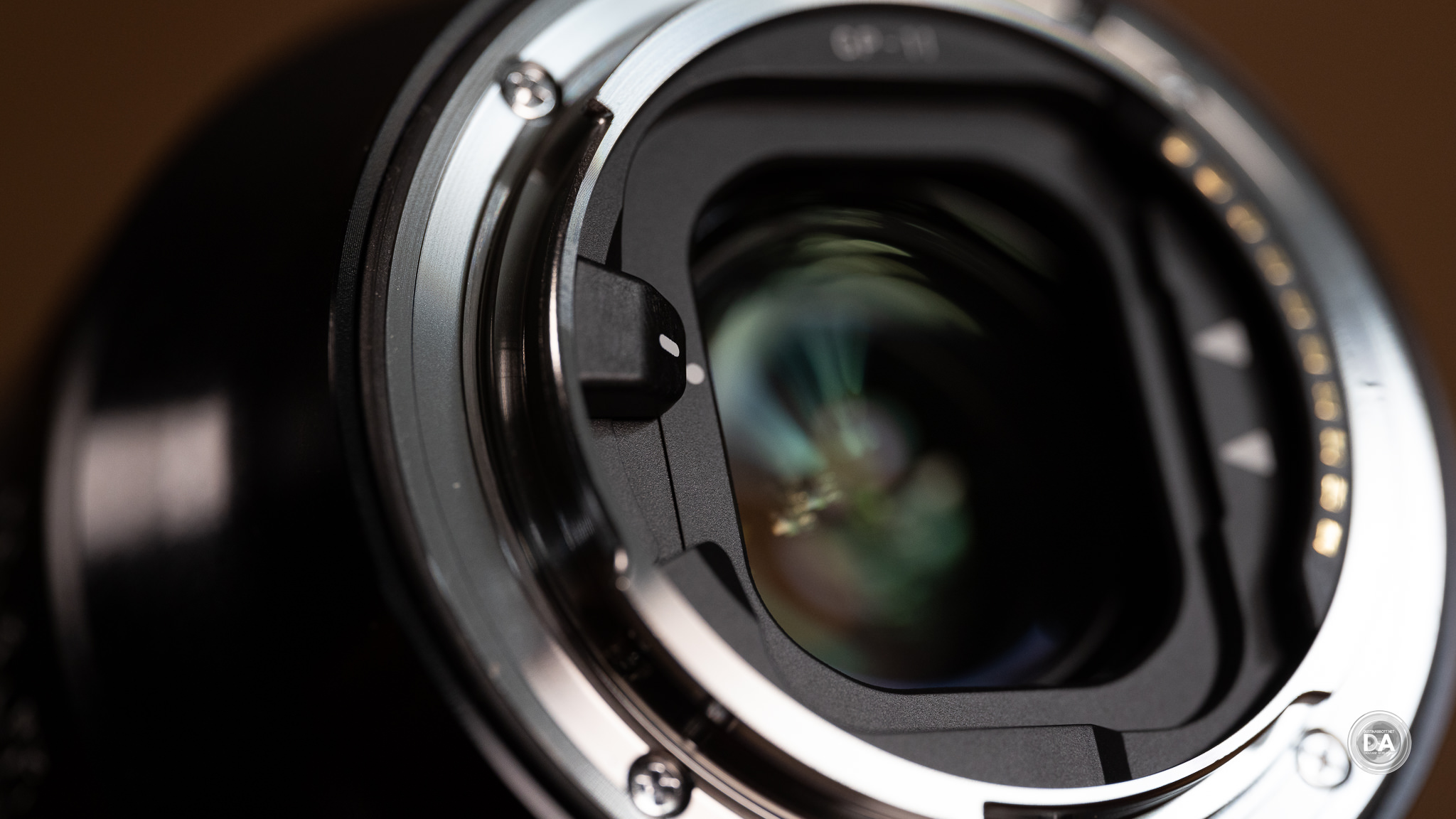



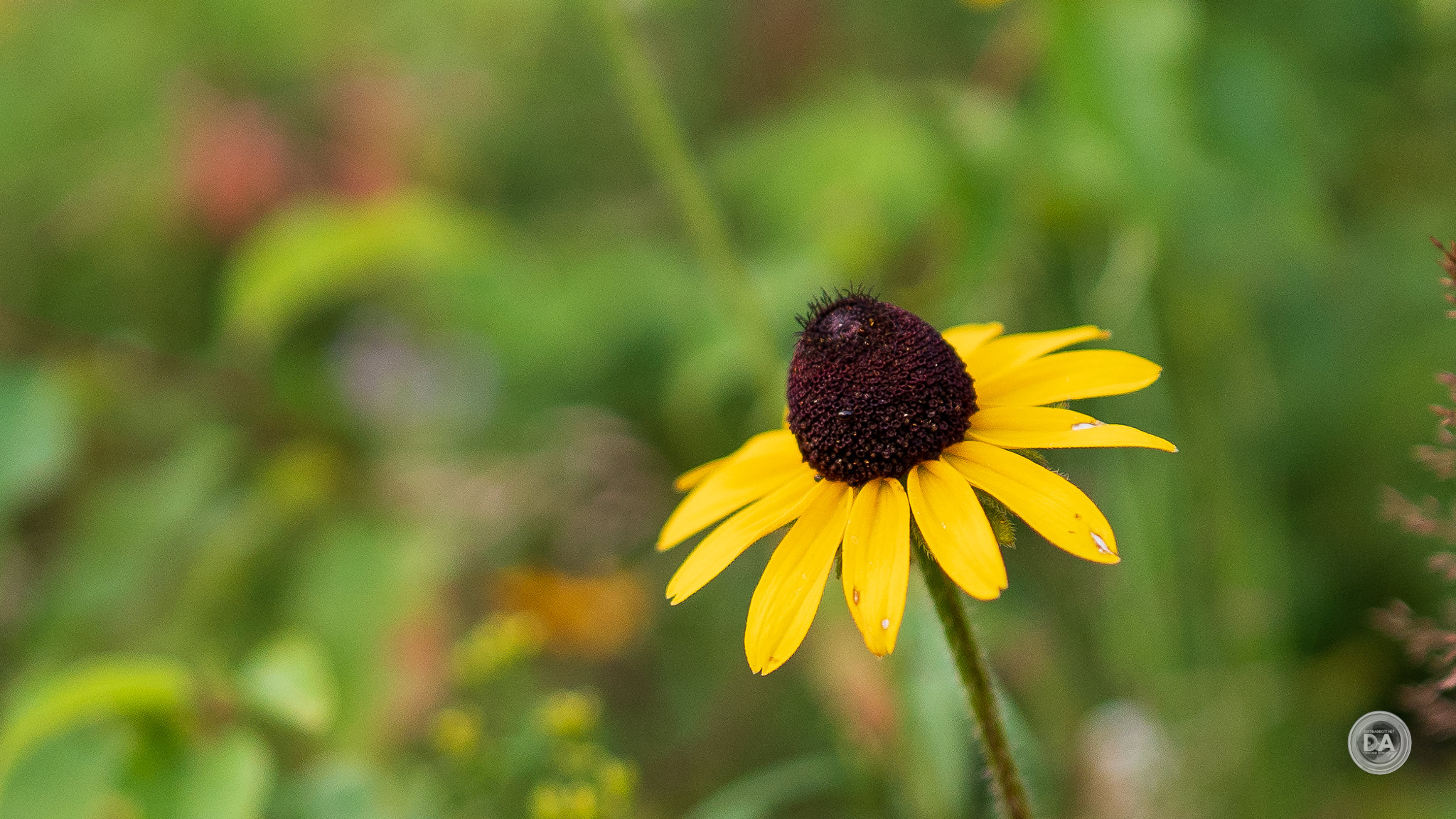




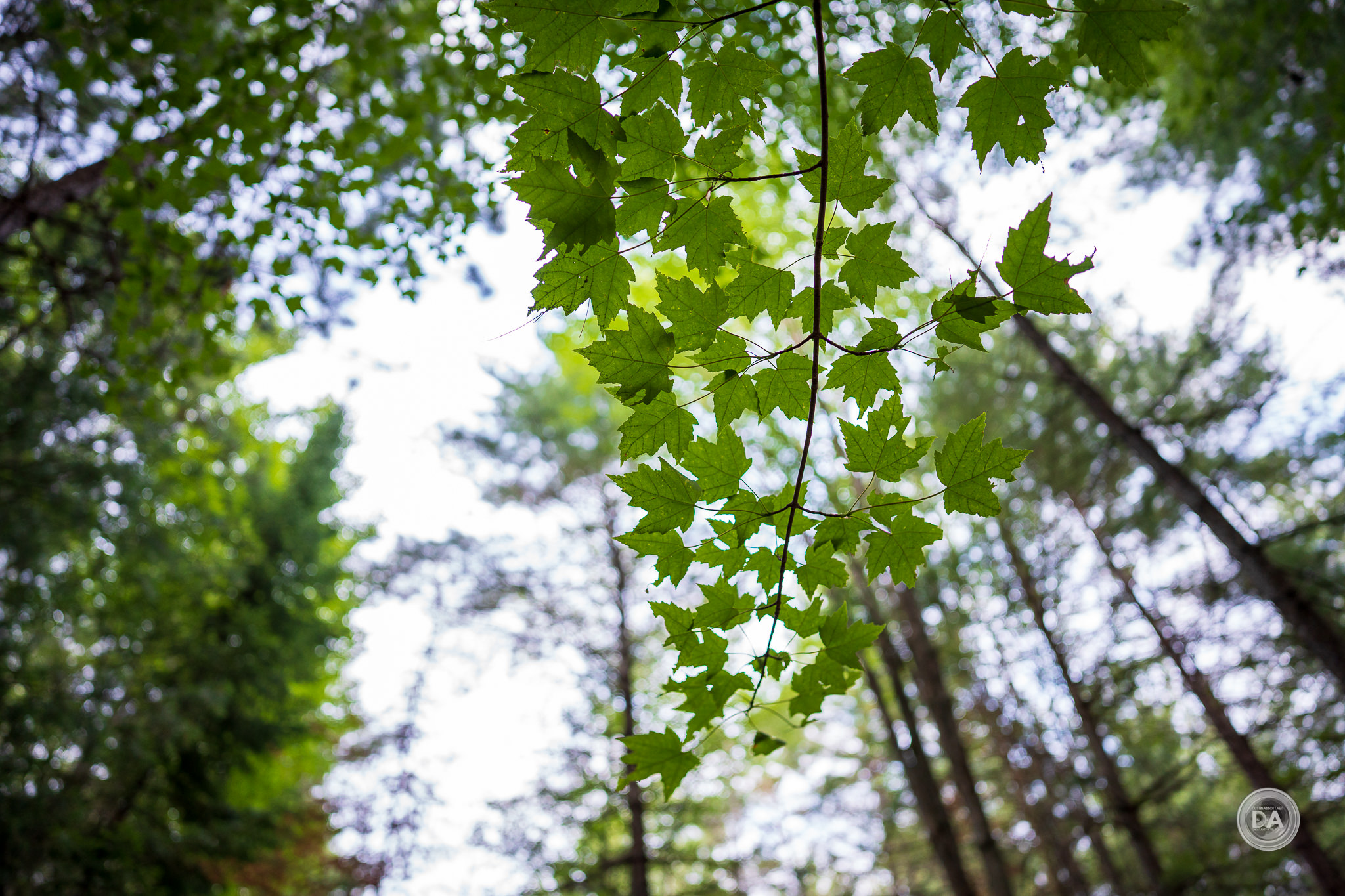
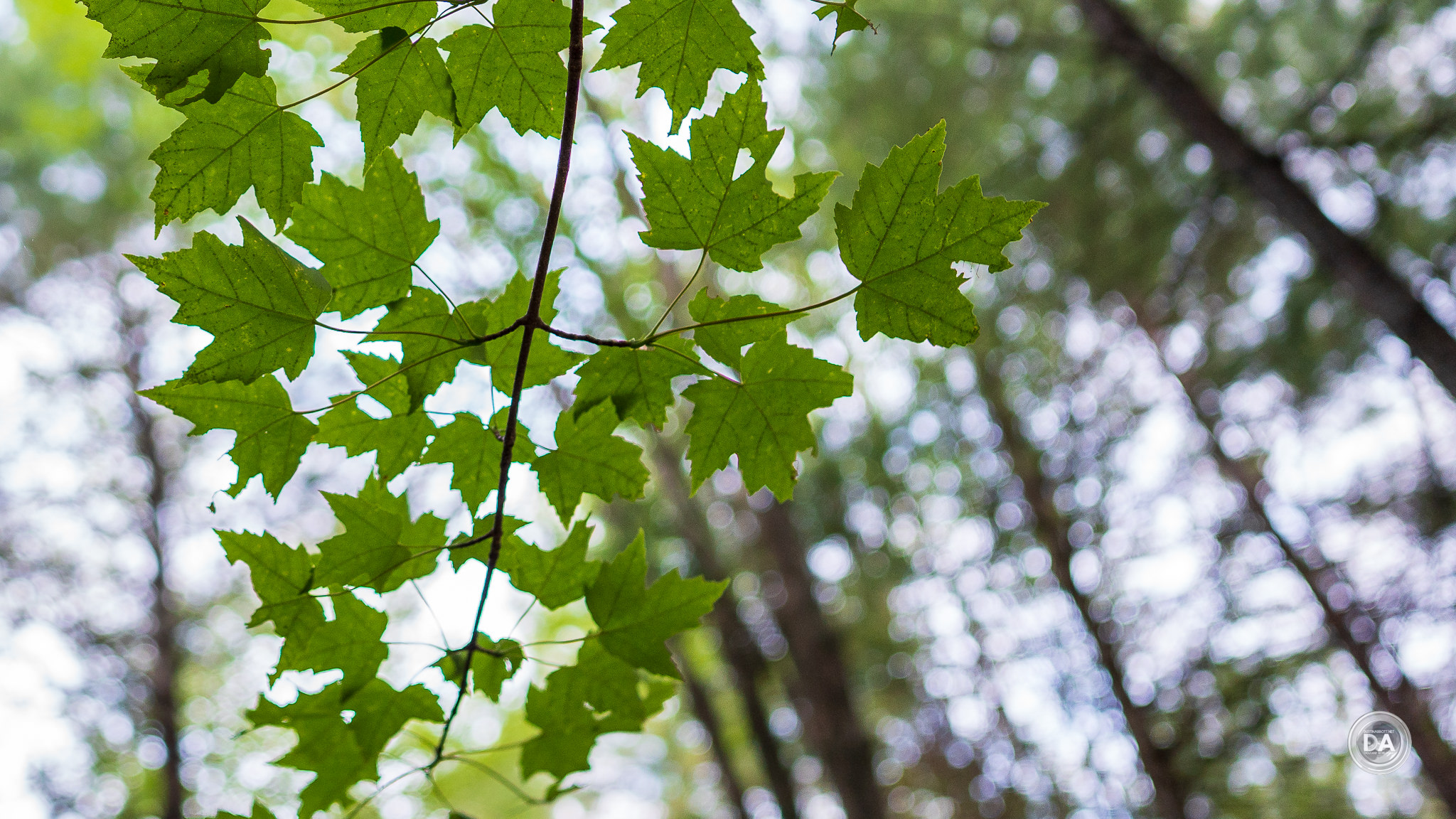

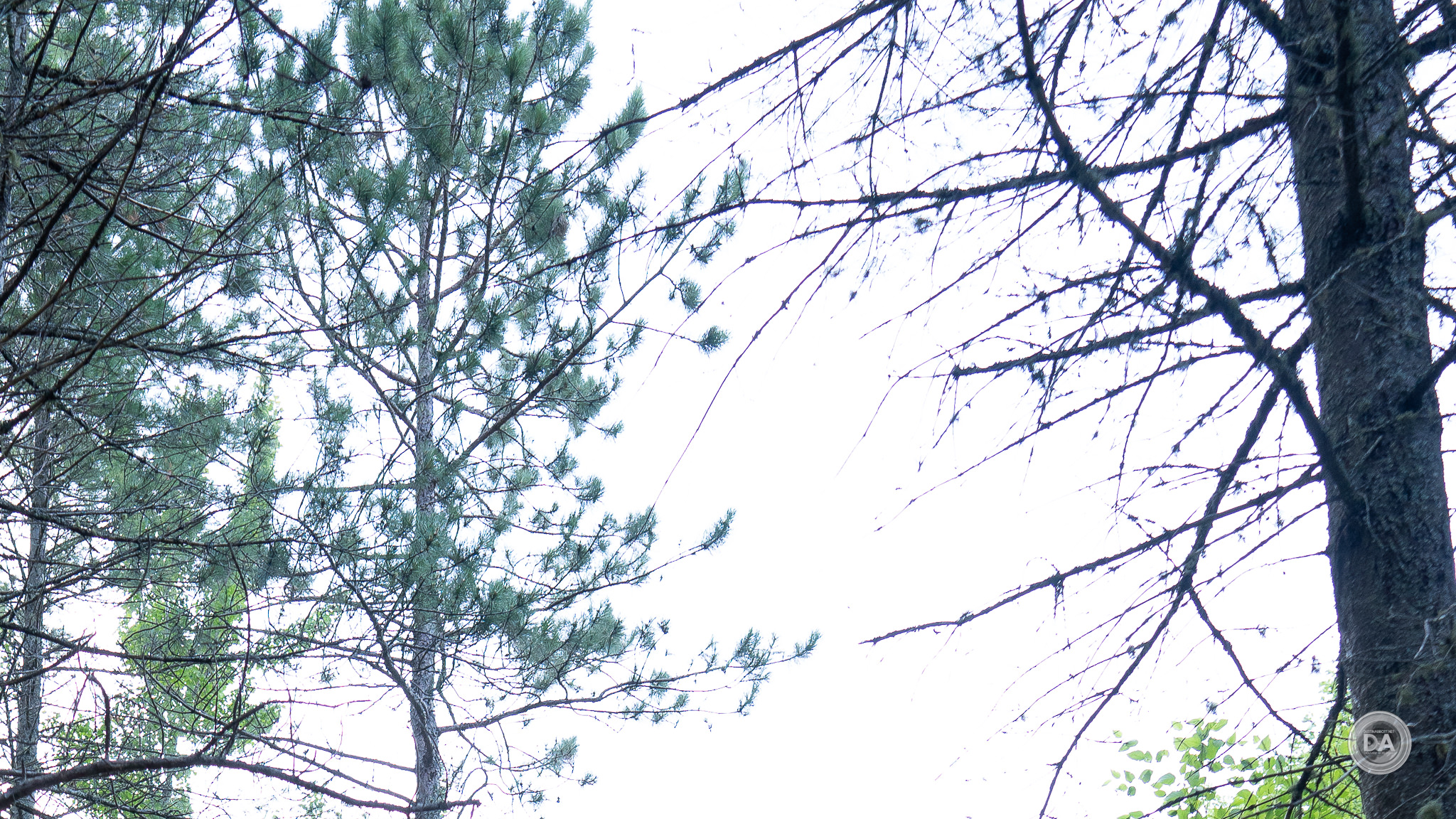
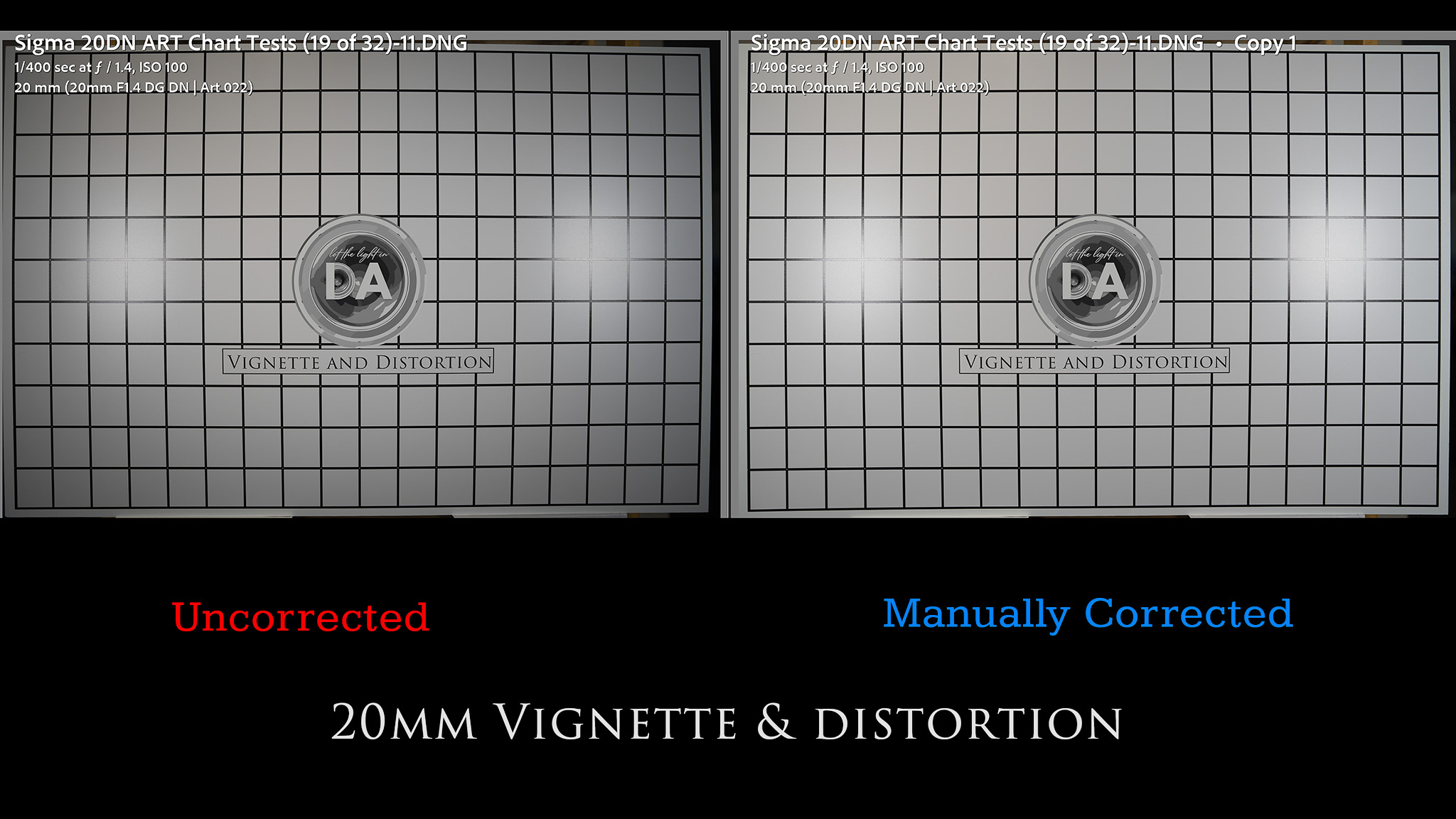
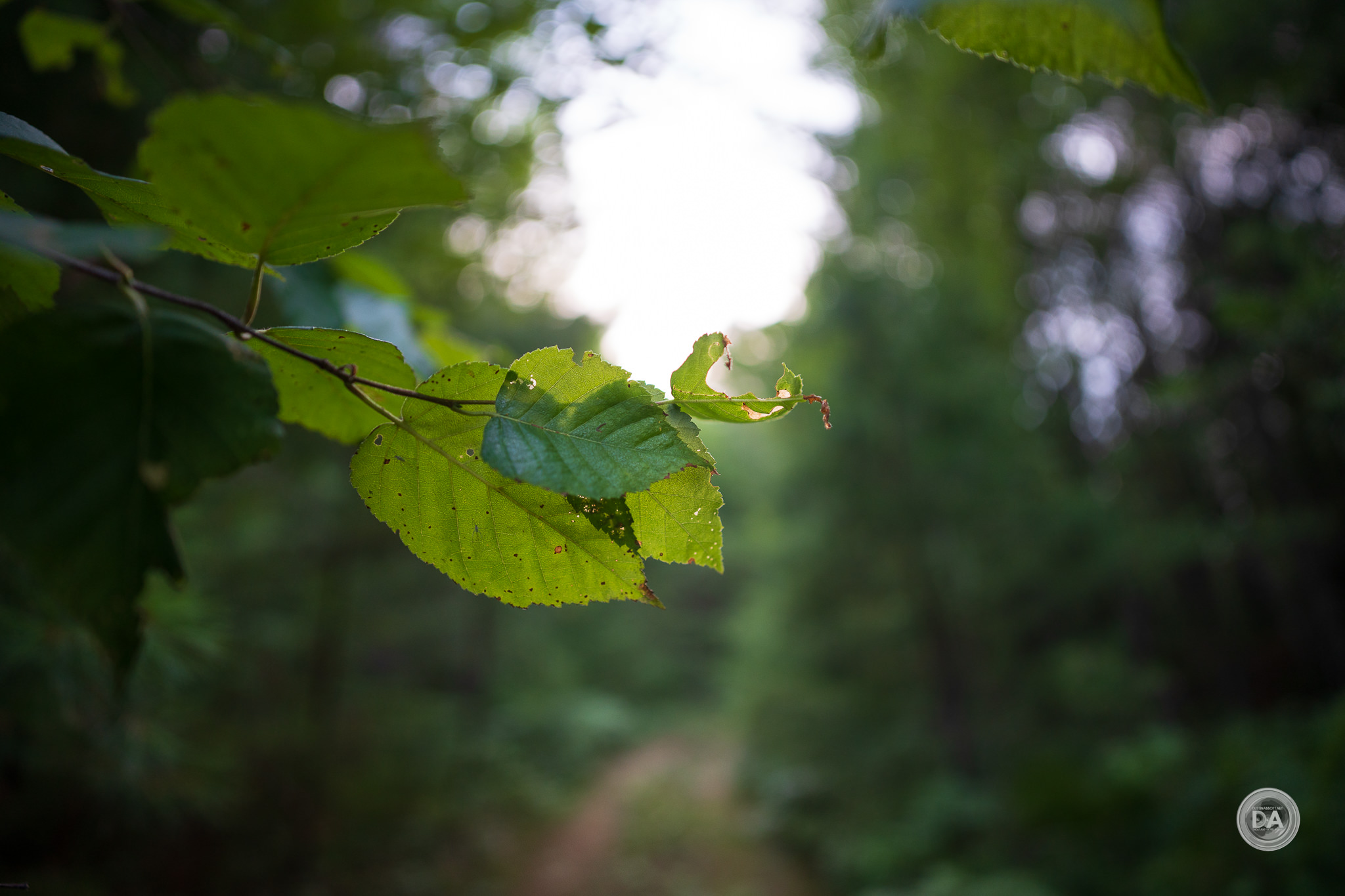





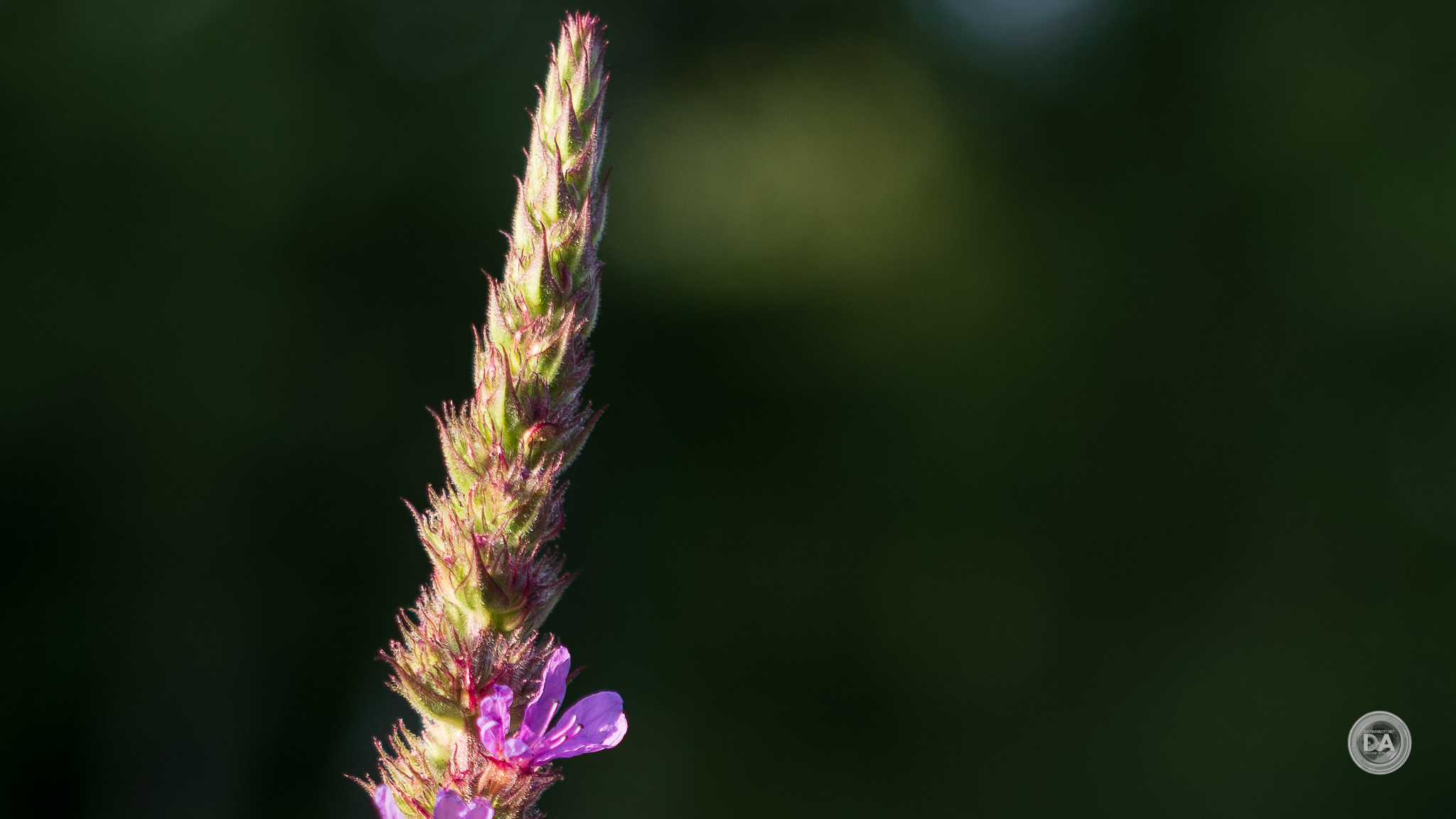

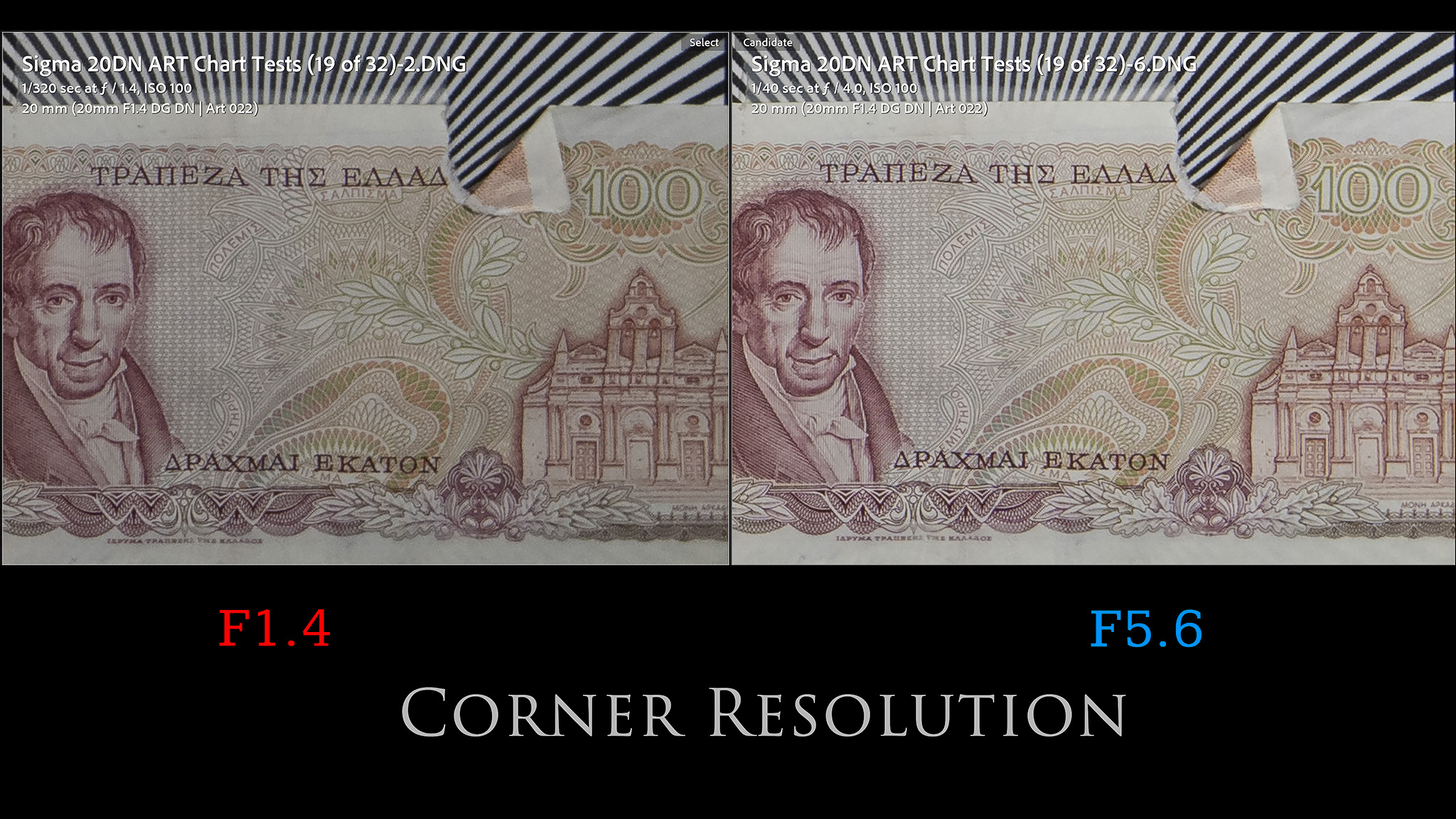



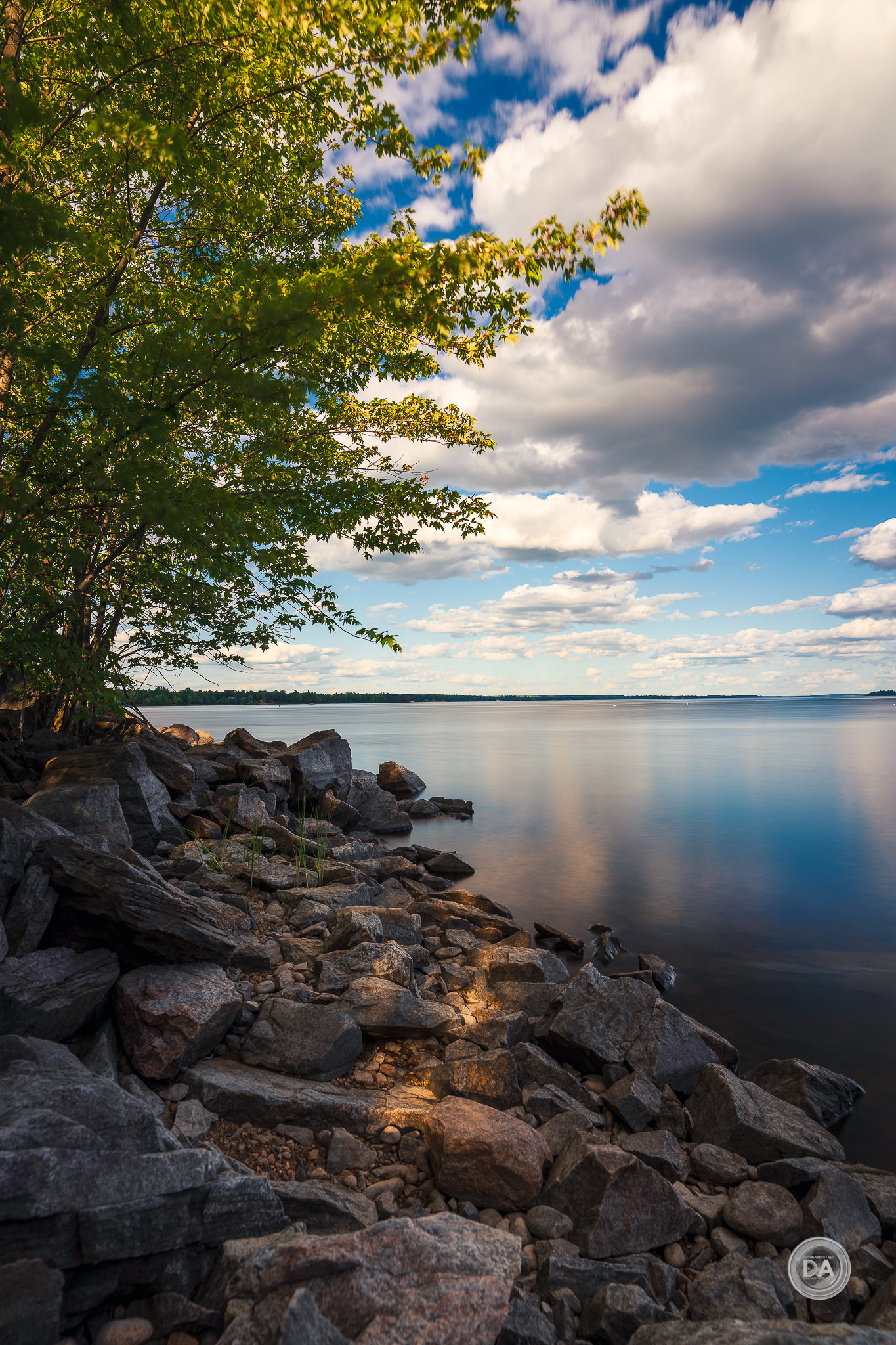

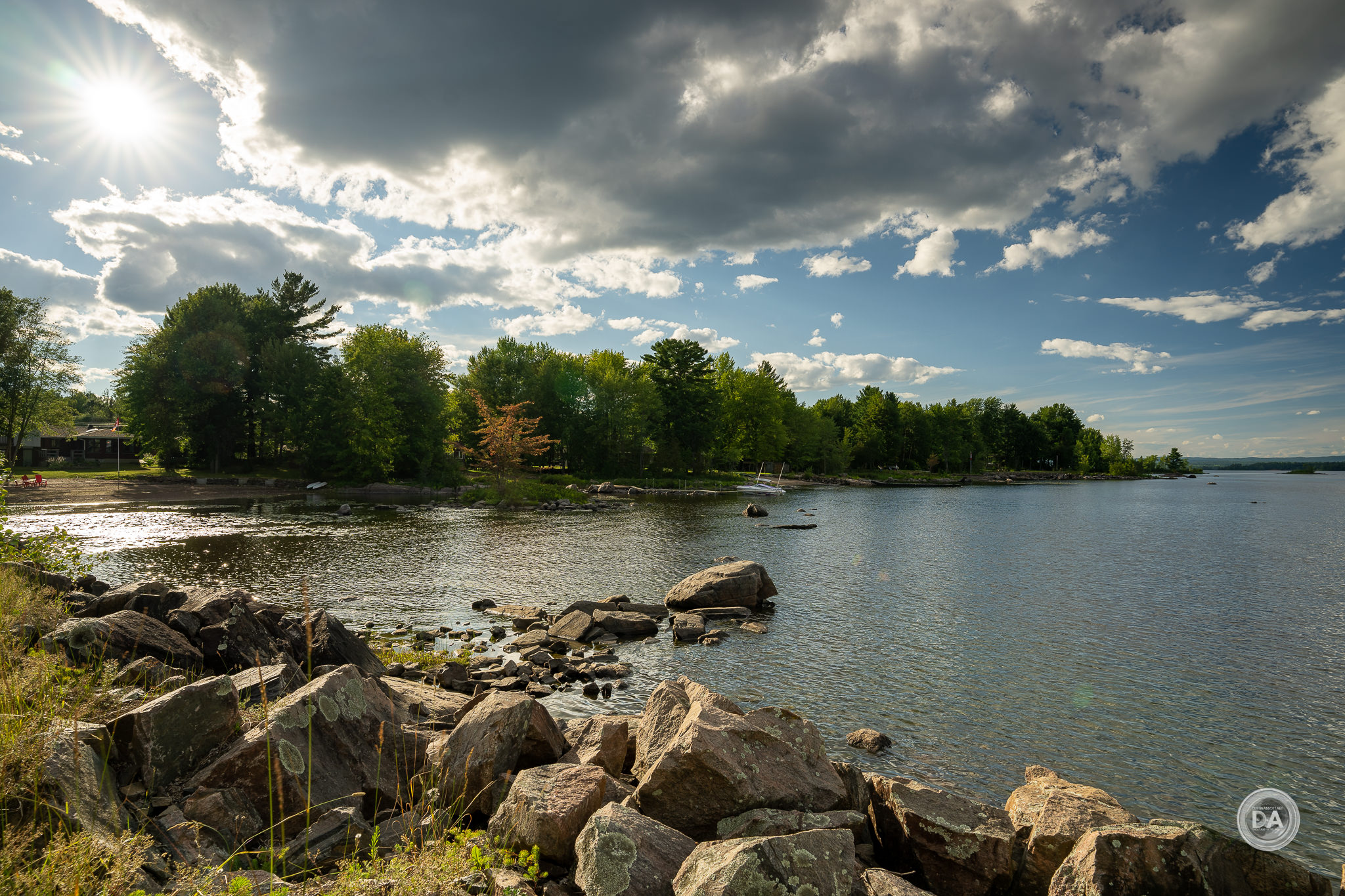

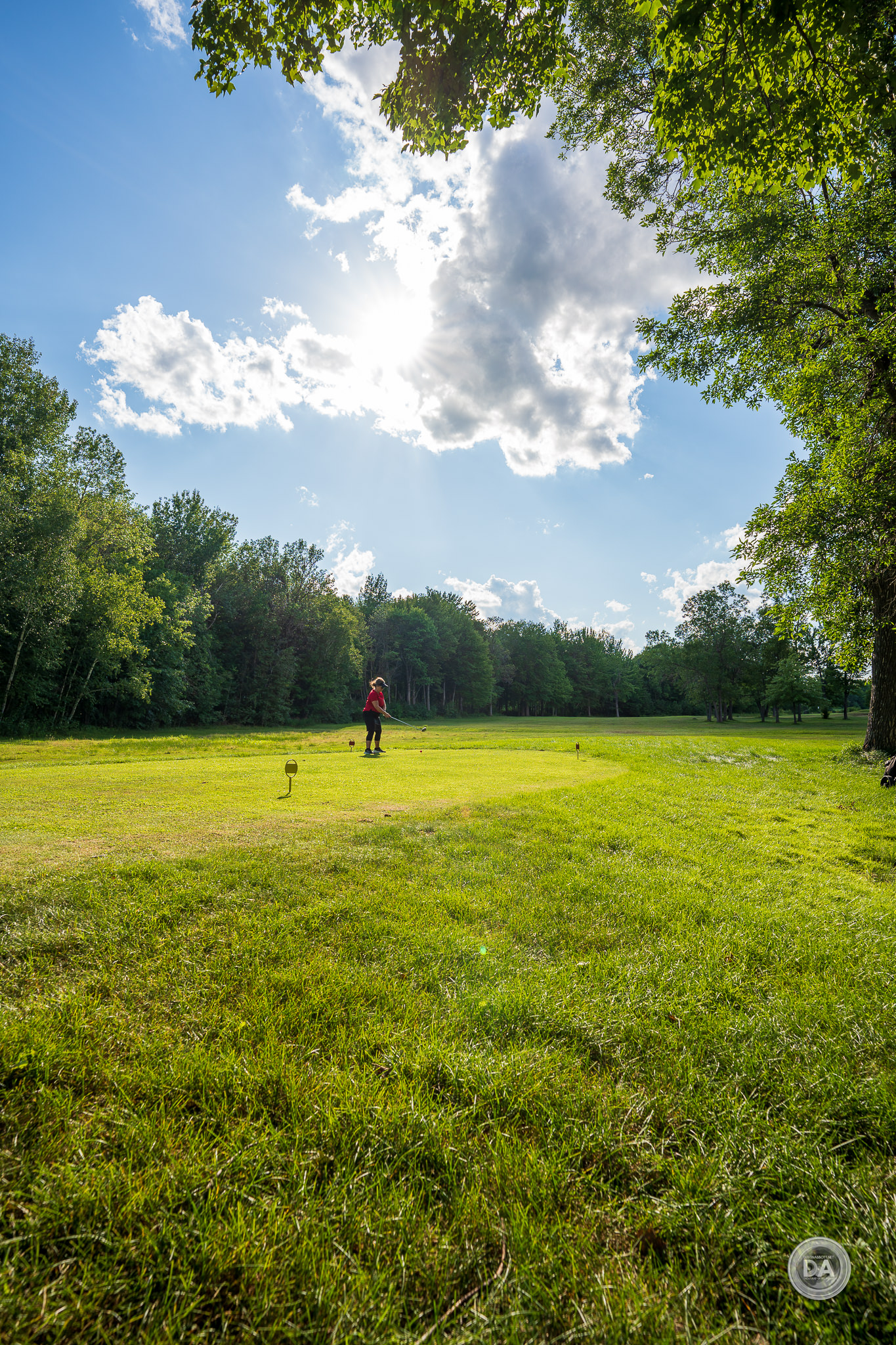


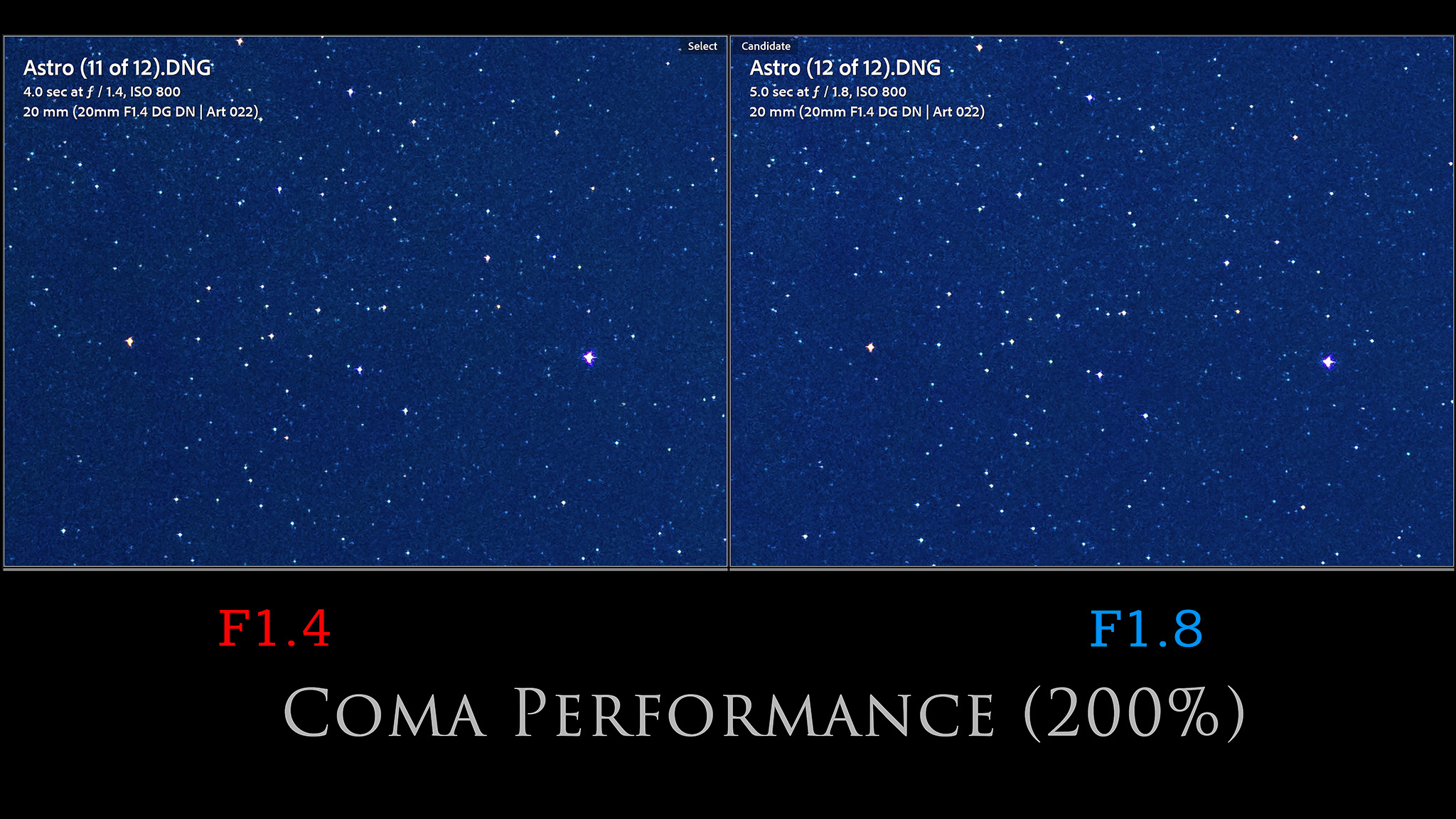


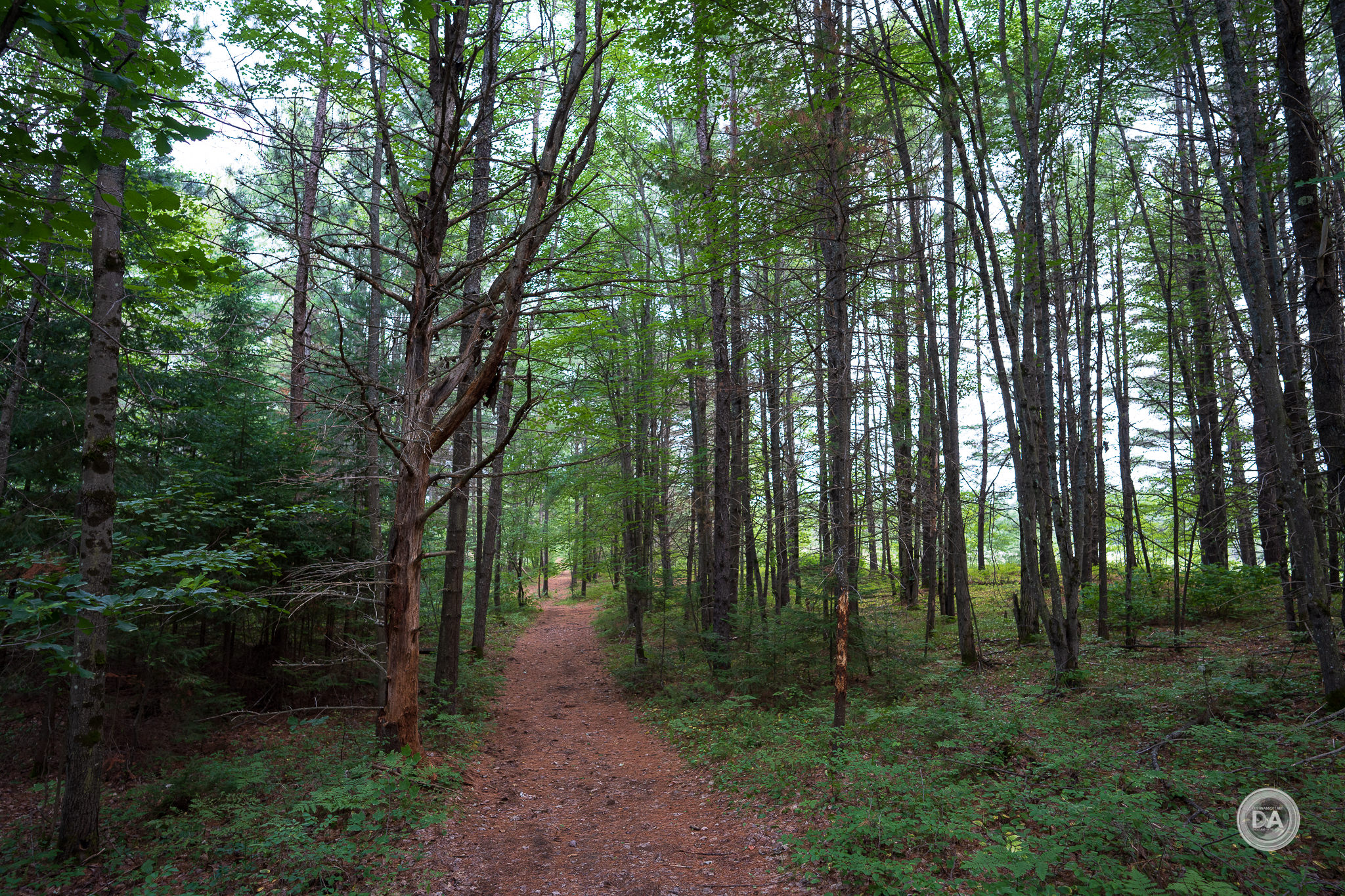









 Sirui Sniper 75mm F1.2 Review
Sirui Sniper 75mm F1.2 Review  Sirui Sniper 75mm F1.2 Gallery
Sirui Sniper 75mm F1.2 Gallery  Tamron 70-300mm F4.5-6.3 RXD Z-mount Review
Tamron 70-300mm F4.5-6.3 RXD Z-mount Review  Nikkor Z 40mm F2 Review
Nikkor Z 40mm F2 Review 





